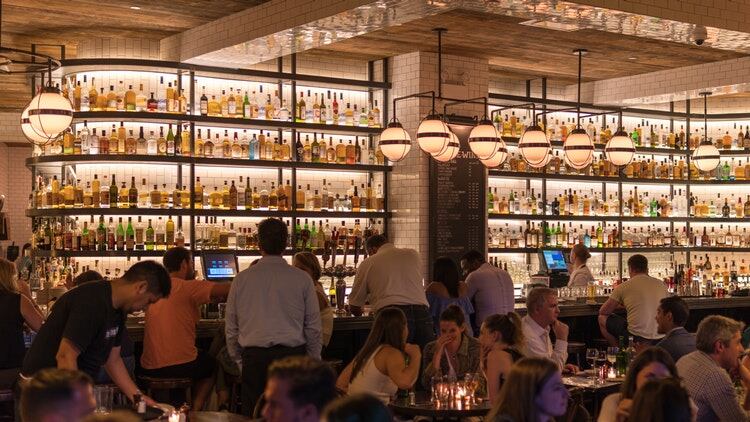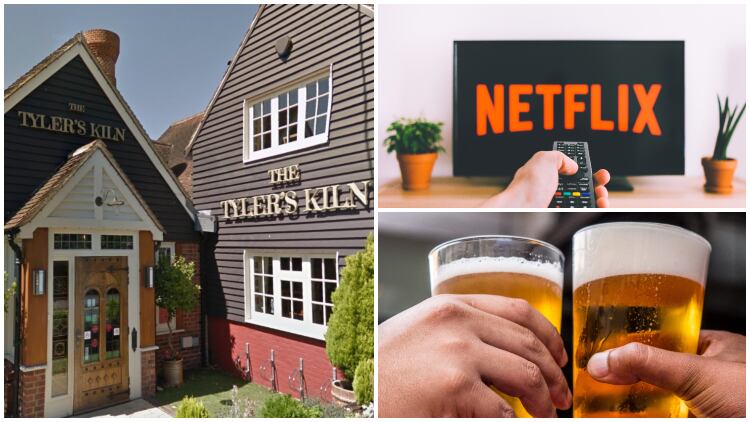Startling figures show that more than 25% of UK pubs have closed since 2001.
The Office for National Statistics reveals that the number of pubs has fallen from 52,500 in 2001 to 38,815 now, with those on the outskirts of major cities most likely to have closed.
But is this decline the fault of the planning environment or is something else at play?
Back in 1995, changes of use from pubs to shops, restaurants and cafes or housing were considered ‘permitted developments’ and did not require a developer to make a formal application for planning permission.
The 2011 Localism Act intended to change the culture of local authority decision making and the relationship between residents and local authorities by giving the latter new powers of innovation and the former new powers to develop or oppose development via their Neighborhood Plan.
This forced planning authorities and developers to take more notice of local opinion, especially as communities were now able to list pubs as assets of community value (ACV), protecting them from future development.
Permitted development rights were further changed in 2015.
Initially intended to allow pubs to be converted into retail or housing without the need for planning permission, pro-pub campaigners argued for greater protection for pubs through the planning system and ACV status.
The campaign was partially successful as the new rights exempted pubs from change of use into housing without consent while still allowing for change of use to retail including supermarkets.
This gave rise to more convenience stores such as Tesco Express and Sainsbury’s Local, replacing pubs as the centre of the community.
It took another two years for this additional permitted development to be removed, providing greater confidence that pubs would remain.
While this does give the impression that planning is to blame for the decline in pub numbers, we must also look at social changes which have compounded the issue.
These include the smoking ban in 2007, a preference for ‘trendy’ bars, an image problem in relation to beer and health and a generational change in drinking habits.
Essentially, if pubs are visited less, income falls, investment drops and landlords must look elsewhere for either income or an exit strategy.
To find out more about pubs for sale, lease and tenancy visit our property site.




